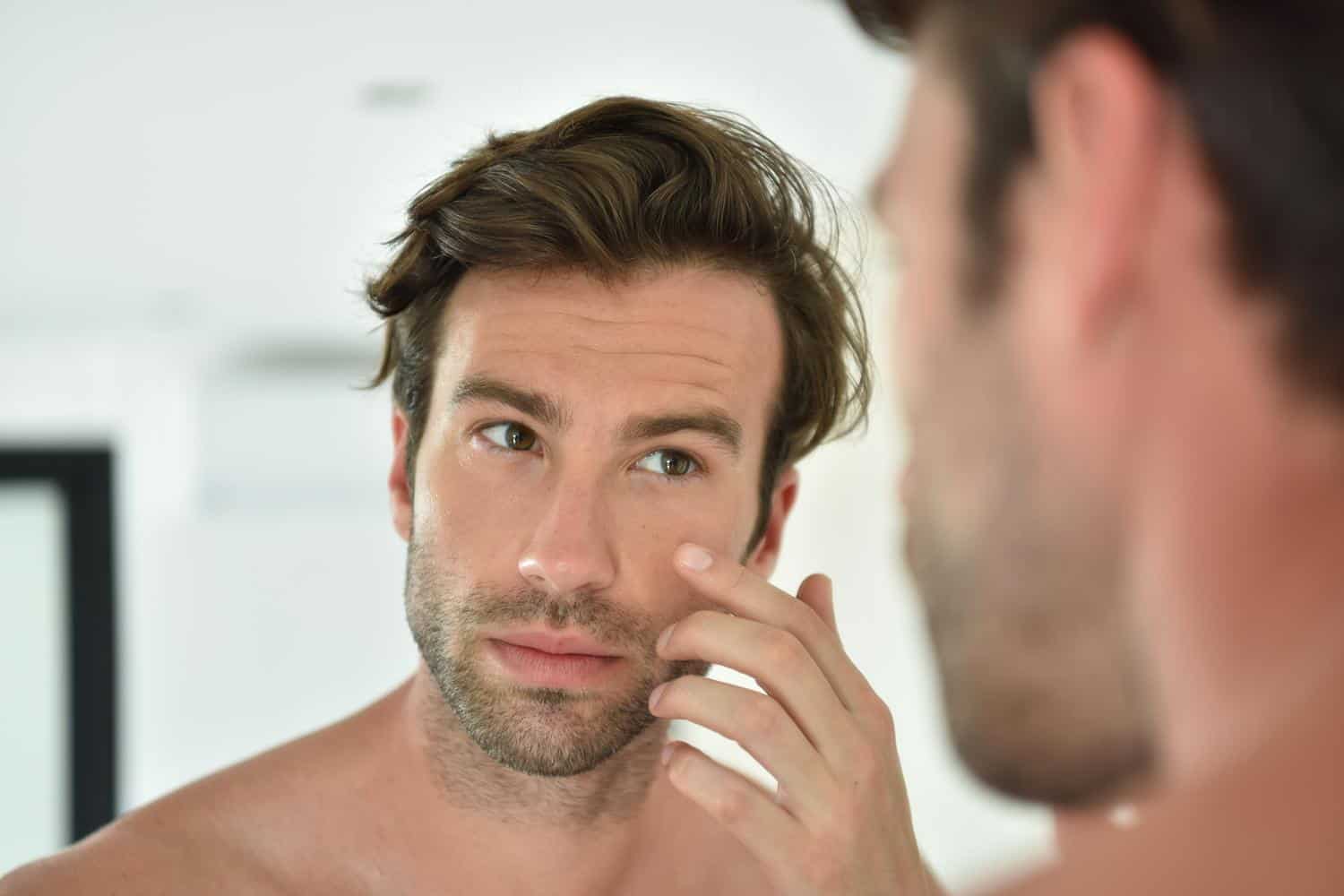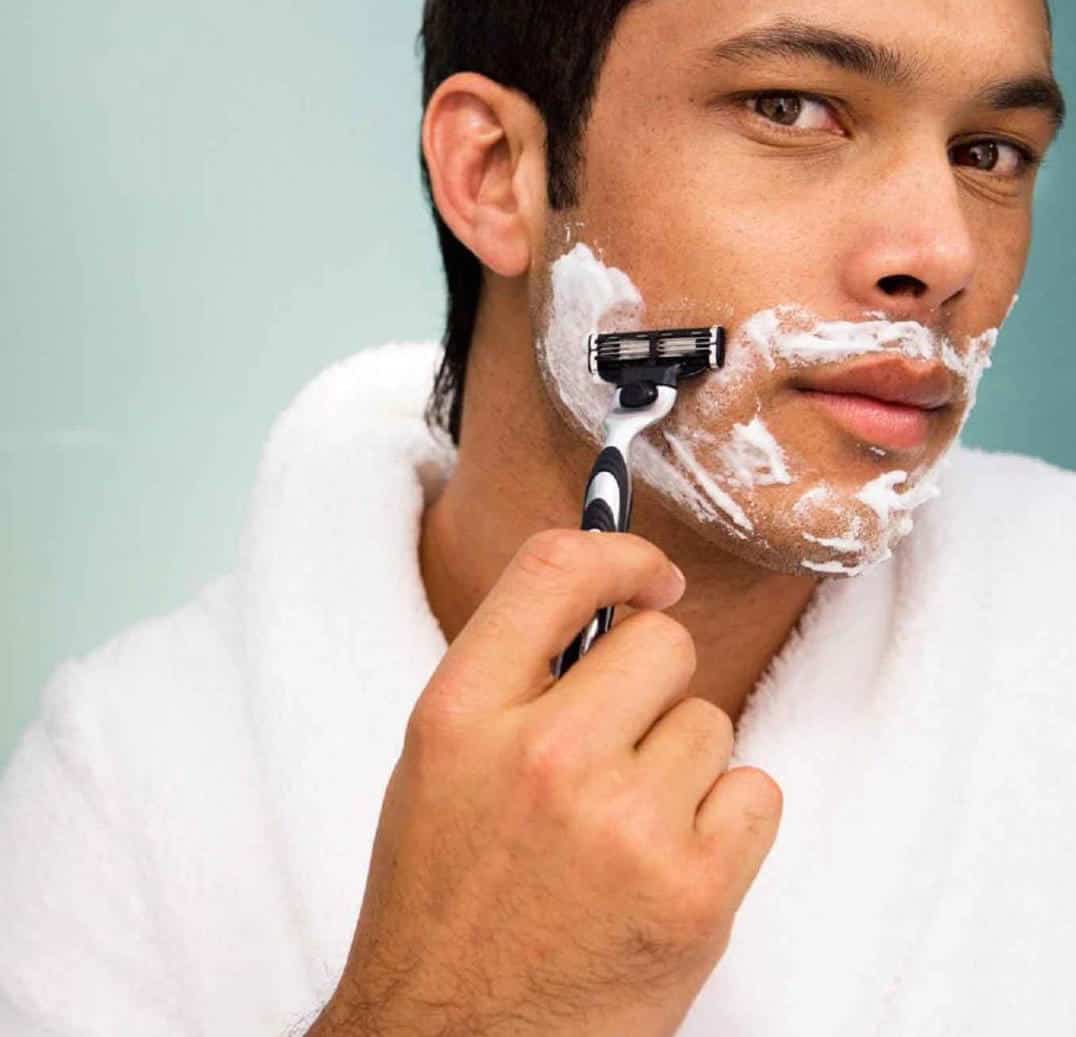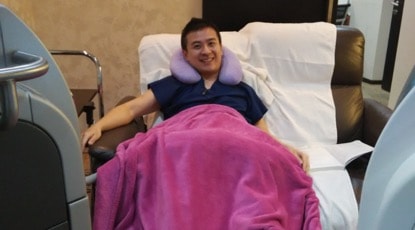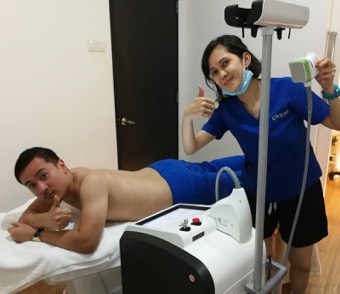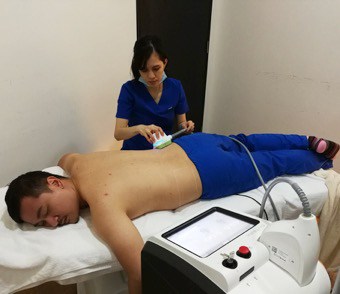Hair Loss
Most people normally shed 50 to 100 hairs a day. But with
about 100,000 hairs in the scalp, this amount of hair loss shouldn't cause
noticeable thinning of the scalp hair. As people age, hair tends to gradually
thin. Other causes of hair loss include hormonal factors, medical conditions
and medications.
Alopecia is a medical term for hair loss.
Types of hair loss (Alopecia):
- Involutional alopecia is an aging process where the hair gradually thins with age.
- Androgenic alopecia affects both men and women. It is a genetic condition. In men, this can happen as early as in teens or early 20s whereas in women will notice hair thinning when they are 40s or later.
- Alopecia areata causes patchy hair loss. The hair regrows within a few years in about 90% of people
- Alopecia universalis results in all body hair to fall out, which includes the hair, eyebrows, eyelashes and pubic hair.
- Trichotillomania is a psychological disorder where a person pulls out his/her own hair. This commonly occurs in children.
- Telogen effluvium causes temporary hair thinning due to changes in the hair grow cycle. Hair sheds and thins as a large number of hairs enter the resting phase simultaneously.
Causes of alopecia:
- Genes from both male and female parents predispose to male or female pattern baldness.
- Hormones changes and imbalances due to pregnancy, childbirth (reduce in oestrogen level), discontinuation of birth control pills or perimenopause can cause temporary hair loss.
- Stress for example experiencing a traumatic event (death of a loved one or divorce), a major surgery, high fever, burns and injuries can cause hair loss.
- Medical conditions such as thyroid problems, anaemia, scalp ringworm infections and severe infection can cause hair loss.
- Autoimmune disease occurs in which the body’s immune system attacks own hair follicles, causing Alopecia areata, other diseases like lichen planus and some types of lupus cause scarring, which then result in permanent hair loss.
- Drugs such as chemotherapy drugs used in cancer treatment, arthritis, antidepressants, blood thinners, high dose vitamin A, anabolic steroid (to build muscle and improve athletic performance), some antihypertensive medication, and birth control pills cause temporary hair loss.
- Trichotillomania or hair pulling disorder is a mental illness in which causes people to have an irresistible urge to pull out their hair.
- Dieting and poor nutrition. Anorexia and bulimia, lack of protein and iron, and too much vitamin A can cause hair loss.
- Cosmetic procedures for example frequent shampooing, combing, brushing, perm, bleaching and dyeing of hair can make hair weak and brittle and thus contribute to overall hair thinning. Regular and improper use of gels, relaxers, hair sprays, blow dryers, flat irons and curling irons cause hair breakage.
- Certain hairstyles like tight braiding, hairstyles such as pony tails, cornrows and braids causes traction hair loss. When used to hold hair tightly, hairpins, clips and rubber bands can cause hair breakage.
Diagnosis of alopecia:
1. Your doctor will take a
complete medical history, family history and perform physical examination to
determine the type and causes of alopecia.
2. Blood tests are carried out
to determine medical illnesses as the cause of hair loss, such as thyroid
disease, diabetes, hormonal studies and autoimmune diseases.
3. Your doctor may do a pull
test, where several dozen of hairs are gently pulled to determine the stage of
the shedding process, scrape samples to detect for infection, or perform a
scalp biopsy to determine the cause of hair loss.
Treatment for alopecia:
Early
treatment of hair loss is essential as hair loss is harder to treat when a
person has lost a lot of hairs.
- Treat underlying diseases such as anaemia, thyroid problem, malnutrition of iron and protein is the utmost important treatment.
- Minoxidil is a topical medicine applied to the scalp to stop hair thinning and stimulate hair growth. Tricalgoxyl stimulates hair growth in women whereas tricosaccaride stimulates hair growth in men. Zanthin is a potent anti-oxidant that eliminates free radicals. Complex Vitamin A, B5, C and E improves blood microcirculation and eliminate waste product from hair follicles.
- Finasteride is an oral medication to treat male-pattern baldness which works by stopping the conversion of testosterone to dihydrotestosterone (DHT). It should be avoided by women of reproductive age as it causes harm to foetus.
- Corticosteroid injection into your scalp can halt the inflammation caused by alopecia areata.
- Hair transplantation requires removing and transplanting of skin on the scalp with good hair growth to bald areas of the scalp.
- Scalp flaps is by surgically remove hair bearing segments of scalp and place at bald areas.
- Scalp reduction removes bald scalp surgically and approximate with hair covered scalp.
- Scalp expansion is a procedure which may be performed before a scalp reduction to make the scalp more lax, or performed solely to stretch hair bearing areas to reduce balding.
- Wigs and hairpieces can be used to cover either permanent or temporary hair loss.
Prevention of alopecia:
As
prevention is always better than cure, tips to avoid preventable types of hair
loss are:
- 1. Consume a nutritionally balanced diet. Eating more protein including meats, eggs and fish whereas nuts, seeds and beans for vegetarian will stop the hair loss. In addition, good vegetarian sources of iron are iron-fortified cereals, soy beans, pumpkin seeds, white beans, lentils and spinach whereas clams, oysters and organ meats are good animal sources of iron.
- 2. Practice good hair care by avoiding tight hairstyles and avoid compulsively twisting, rubbing or pulling your hair. Use hairpins with smooth, ball tipped surface, and hair clips should have spongy rubber padding. Use fabric scrunchies that fit loosely. Too much shampooing and combing and brushing on wet hair will cause hair to break.
- 3. Make an appointment to see a dermatologist. A dermatologist can find the cause and tell you what to expect.


